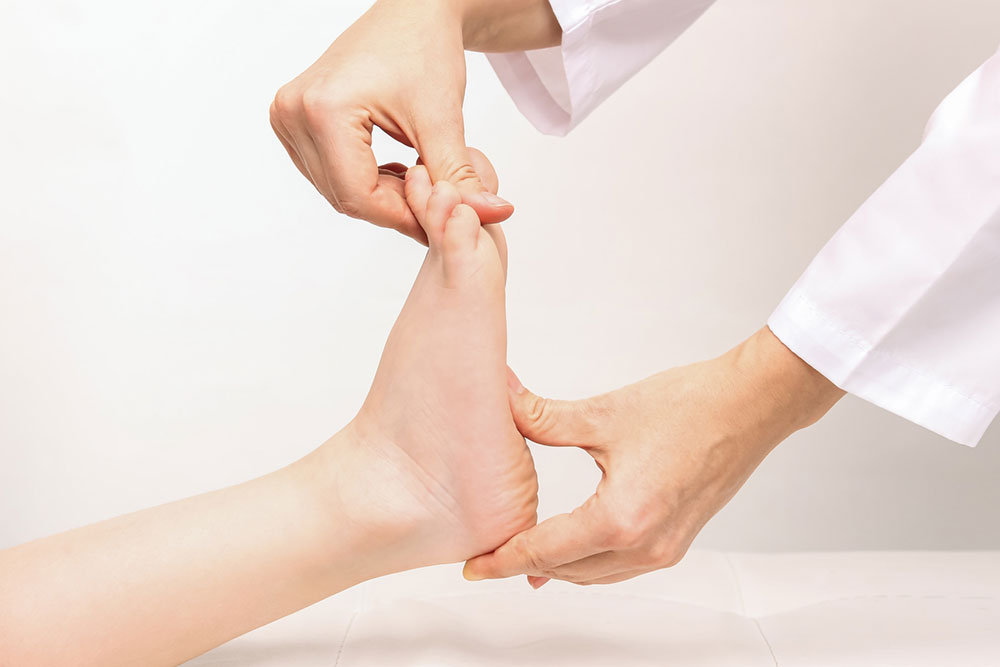Comprehensive Guide to Managing and Overcoming Peyronie’s Disease Effectively
This comprehensive guide delves into effective strategies for managing Peyronie’s disease, covering diagnosis, medical treatments, surgical options, and emerging therapies. It emphasizes the importance of early detection, personalized treatment plans, and innovative therapies to improve sexual health and quality of life in men affected by this condition.

Understanding and Effectively Handling Peyronie’s Disease
What are the most effective options available for treating and resolving Peyronie’s disease?
Peyronie’s disease is a condition characterized by the development of fibrous scar tissue, known as plaque, inside the penis. This plaque causes an abnormal bend or curvature during an erection, which can significantly impact sexual function and quality of life. Although the exact cause of Peyronie’s disease remains somewhat elusive, medical research suggests that various factors—such as minor penile injuries, genetic predispositions, autoimmune responses, and repetitive trauma—may contribute to its development. Men over the age of 30 are most commonly affected, with symptoms often progressing slowly over time. Recognizing early signs and getting an accurate diagnosis are crucial steps toward effective management and treatment.
How is Peyronie’s disease diagnosed?
Doctors typically perform a thorough physical examination to locate and assess the size and firmness of scar tissue points within the penis.
Measuring the penile length and noting any deviations from normal helps establish baseline data and monitors disease progression.
An ultrasound test conducted while the penis is erect or semi-erect can provide detailed images of the tissue, revealing abnormalities like plaques or calcifications.
X-ray imaging, especially in complex cases, can help determine the extent and structure of scar tissue, often leading to a referral to a urology specialist or a sexual health expert.
While visual aids such as Peyronie’s disease photographs can help patients understand their condition, professional diagnosis from a healthcare provider remains essential for appropriate treatment planning.
Why is treatment important for Peyronie’s disease?
Untreated Peyronie’s disease can lead to painful erections, making sexual activity uncomfortable or even impossible.
The curvature or deformity can cause psychological distress, anxiety, and decreased self-confidence.
Progressive scar tissue formation might lead to further deformities or calcifications in other parts of the body, like the hands or other joints.
Men often experience stress, depression, or anxiety related to their sexual health, further affecting their overall wellbeing.
While not contagious, the physical discomfort and emotional toll of Peyronie’s disease highlight the importance of timely treatment.
Addressing the condition can help improve physical comfort, restore sexual confidence, and support mental health.
What are the current medical treatment options for Peyronie’s disease?
In the early stages, doctors often prescribe medications to reduce inflammation and slow plaque development. These may include oral drugs, injectable medications directly into the scar tissue, or topical creams designed to improve blood flow and tissue flexibility.
Medications such as collagenase enzymatic injections (for example, collagenase Clostridium histolyticum) have shown promising results in breaking down scar tissue and reducing curvature.
Other non-invasive therapies involve mechanical devices like vacuum erection devices or penile traction therapy, helping to gradually straighten the penis over weeks or months.
Combination therapies, integrating medications with these devices, often provide better outcomes, especially in early and mild cases.
Is surgery a viable option for Peyronie’s disease?
Surgery is generally reserved for severe or persistent deformities when conservative treatments have failed to yield satisfactory improvement. The main surgical options include:
Penile Implants: This approach is primarily used when Peyronie’s disease is accompanied by erectile dysfunction. The surgeon inserts cylinders into the corpora cavernosa, which can instantly straighten the penis and restore function.
Plication Procedures: Suitable for patients with a relatively simple curve and adequate penile length. It involves folding and suturing the longer side of the penis to straighten the shaft, thereby shortening the unaffected side.
Grafting and Plaque Excision: For complex or severe deformities, surgical removal or incision of the plaque—often followed by grafting to restore the tissue's integrity—is performed to correct curvature and deformity.
Can yoga or physical exercises aid in managing Peyronie’s disease?
While not a standalone treatment, gentle yoga poses and physical activities can complement medical therapies by promoting relaxation, reducing stress, and improving blood circulation. Certain poses may help ease discomfort and enhance overall penile health:
Butterfly Pose
Seated Forward Bend
Head-to-Knee Pose
Chair Pose
Bow Pose
Standing Forward Bend
Boat Pose
It’s important to consult with a healthcare professional before starting any new physical activity, especially for severe cases, as certain poses might not be suitable.
Are there emerging or experimental treatments for Peyronie’s disease?
Research into innovative therapies like iontophoresis—the application of electrical currents to deliver medications such as steroids and verapamil through the skin—is ongoing, showing promising preliminary results.
Additionally, scientists are exploring low-intensity shockwave therapy and stem cell treatments, aiming to find more effective and less invasive options. These emerging therapies are still under clinical trials to evaluate their safety and effectiveness.





